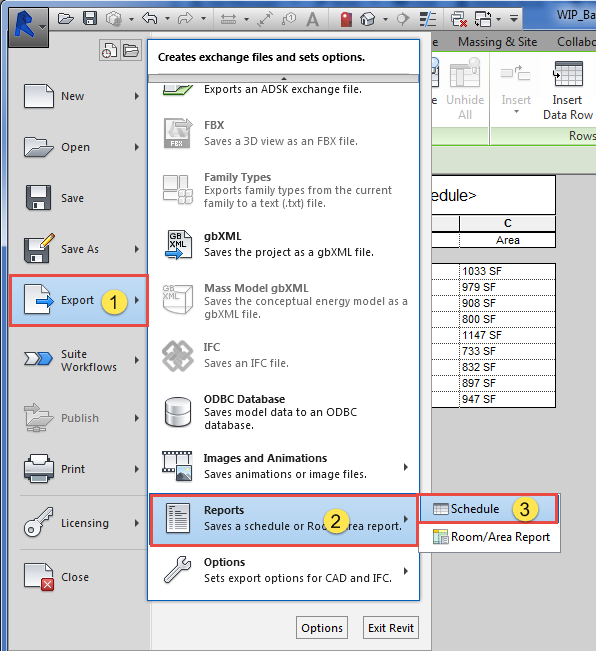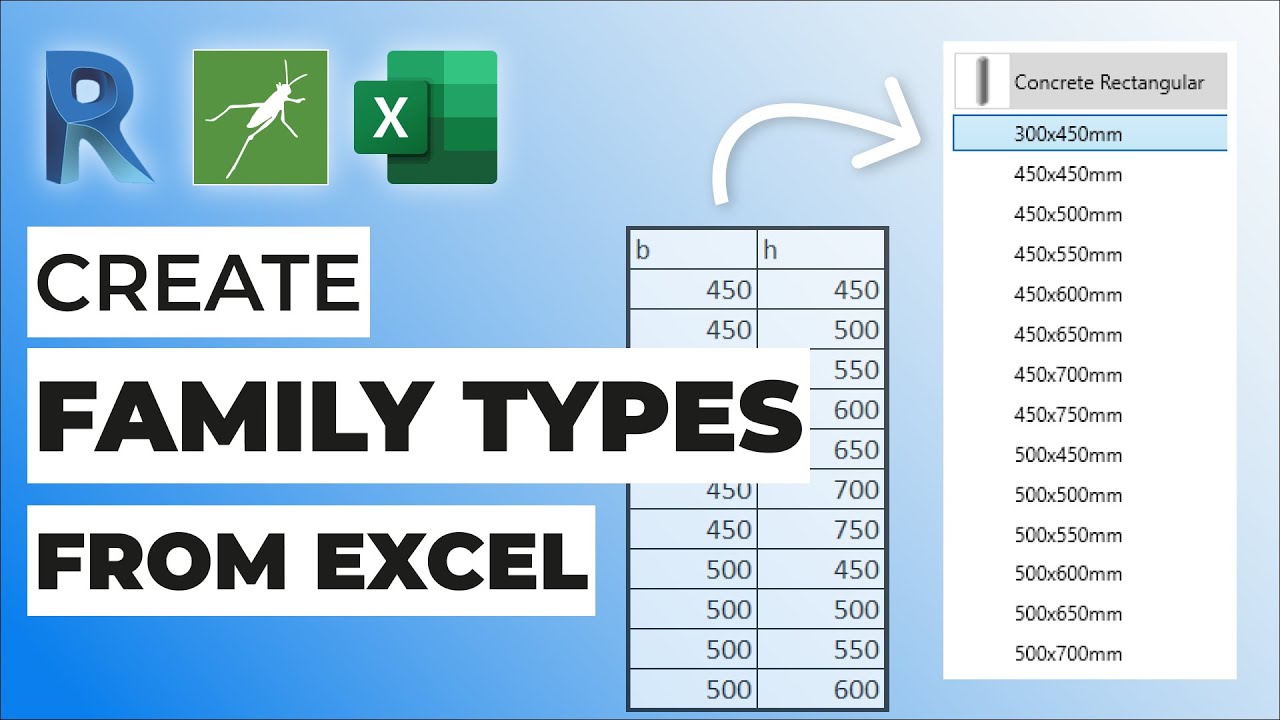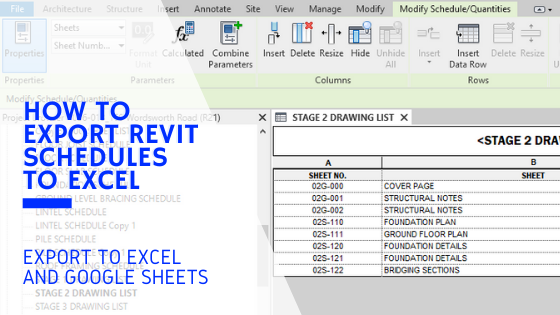Revit Add Ins: Supercharge Your Design and Modeling
Wiki Article
Mastering the Art of Information Assimilation: How to Seamlessly Import Excel Data Into Revit
In this short article, we will certainly lead you via the process of grasping the art of data assimilation. Obtain prepared to prepare your Excel data easily and follow our detailed guide to import documents right into Revit. With our best practices, you'll attain data integration success in no time.Recognizing the Value of Data Integration in Revit
Understanding the significance of data combination in Revit is vital for seamless importing of Excel data. It enables you to efficiently take care of and update information throughout the whole task when you integrate data from Excel into Revit. This assimilation makes certain that your layout and building process is accurate and current.By incorporating information, you can easily import and upgrade specifications, routines, and also geometry in Revit. This removes the requirement for manual information entrance, conserving you time and minimizing the danger of mistakes. With Revit's information integration capacities, you can preserve uniformity and precision in your project, while additionally boosting partnership among employee.

Exploring the Excel Documents Layout for Revit Assimilation

In order to successfully incorporate Excel documents right into Revit, it is critical to make sure that the data is formatted correctly. This consists of appropriately labeling rows and columns, in addition to structuring the data in a manner that works with Revit's data schema. Revit makes use of certain parameters and classifications to organize information, so it is very important to align the Excel information with these specifications to ensure a smooth integration.
Furthermore, it is very important to keep in mind that Revit only sustains certain information types when importing from Excel. These consist of text, numbers, and days. Any various other data kinds, such as solutions or conditional formatting, will certainly not be recognized by Revit and might cause problems throughout the combination procedure.
Preparing Your Excel Data for Seamless Import Into Revit
To make sure a smooth integration procedure, you'll need to appropriately layout and label the columns and rows in your Excel information prior to importing it into Revit. Because it enables Revit to properly interpret and organize your information, this action is vital. Begin by examining your Excel data and identifying which columns and rows have pertinent details for your Revit job. Make sure to label each column with a detailed and clear header. This will help you and others conveniently understand the function of each column and prevent complication throughout the import procedure.Next, ensure that the data in each column is appropriately formatted. For instance, if you have a column for measurements, see to it that all dimensions are constantly formatted in the exact same systems of measurement. Revit counts on constant format to accurately analyze and import information.
In addition, it is very important to examine for any type of empty cells or disparities in your data. Revit may not have the ability to check out or import data from cells that are vacant or have mistakes. It is suggested to review your Excel information and cleanse up any inconsistencies prior to importing it into Revit.
Step-By-Step Overview to Importing Excel Record Into Revit
When you've effectively formatted and classified your Excel data, you can easily import it right into Revit by following this step-by-step overview. To begin, open Revit and browse to the "Insert" tab. Click on "Import CAD" and select "Import Excel" from the dropdown food selection. A new home window will show up, asking you to find the Excel documents you intend to import. Browse your computer system and choose the Excel file, after that click "Open."Next, a dialog box will certainly show up, enabling you to customize the import setups. Here, you can select the worksheet you intend to import, specify the variety of cells to import, and select the proper devices for your data. When you have actually made your choices, click "OK" to proceed.
Revit will currently present a preview of your Excel data. Take a moment to assess the preview and guarantee that whatever looks correct. If needed, you can make modifications to the import setups by clicking on the "Settings" button.
Finest Practices for Information Assimilation Success in Revit
revit tools Ensure you comply with these ideal practices to guarantee effective assimilation of information in Revit. It is important to arrange your information in Excel prior to importing it right into Revit. This means ensuring consistent naming conventions, appropriate formatting, and precise information depiction. Next off, make usage of Revit's integrated devices for information mapping. This will certainly permit you to match the columns in your Excel documents with the equivalent parameters in Revit. Bear in mind the units and information types when mapping the data, as any inconsistencies can cause errors in the combination process.Another essential method is to on a regular basis confirm and update your data. Additionally, make use of data recognition tools within Revit to identify any errors or disparities in the integrated data.
Finally, it is suggested to establish a clear process for data combination. This includes defining duties and obligations, establishing an interaction channel between staff member, and establishing a normal tempo for data updates and testimonials. By following these best practices, you can make certain a effective and seamless combination of information in Revit, ultimately enhancing the performance and accuracy of your job.
Verdict
To conclude, grasping the art of information integration is important for smooth import of Excel files into Revit. Comprehending the relevance of data assimilation in Revit is the initial step in the direction of effective integration. Exploring the Excel data style for Revit assimilation aids in understanding the constraints and needs. Preparing the Excel information properly and following a step-by-step guide is necessary for a smooth import process. By complying with finest techniques, you can make certain information assimilation success in Revit and make one of the most out of your project.When importing data from Excel right into Revit, it is vital to recognize the documents layout and exactly how it can impact the combination process (import excel into revit). Revit makes use of certain specifications and classifications to organize information, so it is vital to straighten the Excel information with these specifications to make sure a smooth combination
Be mindful of the units and information types when mapping the information, as any type of inconsistencies can lead to errors in the assimilation process.
Additionally, make usage of information validation tools within Revit to identify any mistakes or disparities in the integrated information.

Report this wiki page